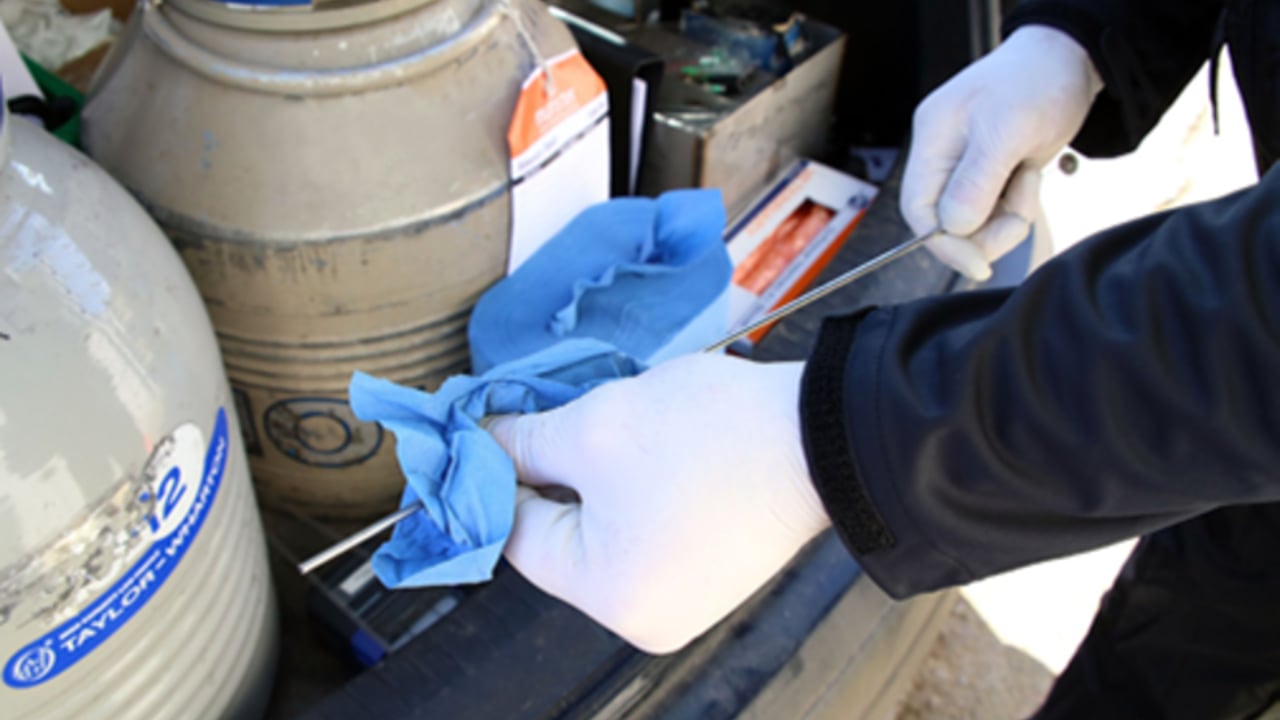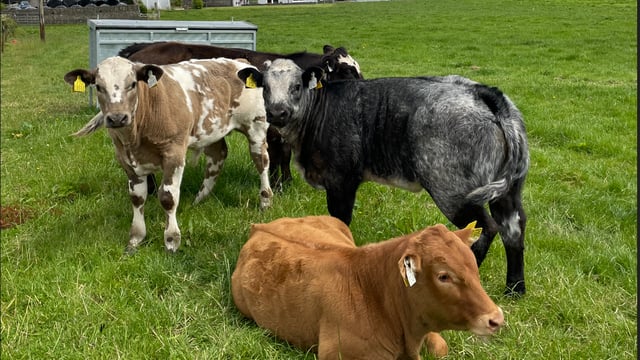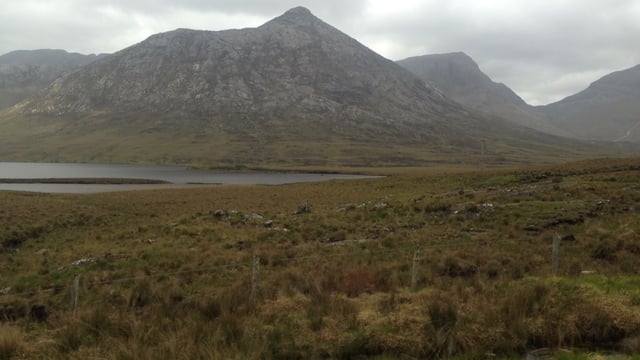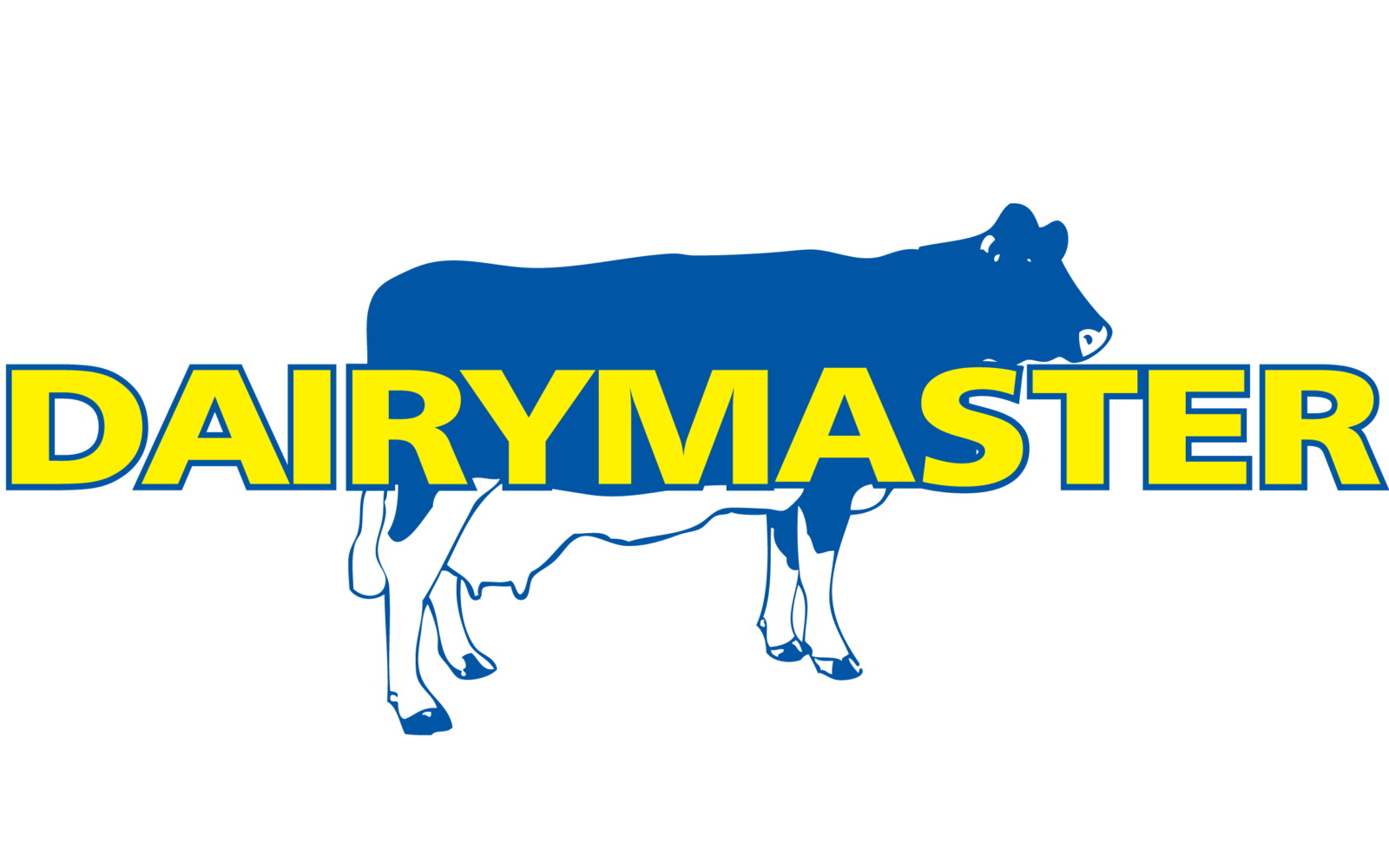Cut-off point for dairy AI serves and number of bulls needed
Coming to the end of May, many farmers may be tempted to finish up dairy artificial insemination (AI) and let out the stock bulls, or to start using beef AI.
Farmers need to question whether they have enough cows and heifers served so that they do not leave themselves tight on replacement heifers coming through.
As we know, there is going to be a shortage of dairy replacement heifers coming through due to a severe reduction in dairy heifer calves born this year.
This means farmers need to be aiming to breed a few more heifers this year to ensure they have a respectful replacement rate.
However, these extra few cows potentially going to dairy AI should be served in the coming days as calving down heifers late can be a costly exercise due to the fact they need to be pushed harder to be calving down in early spring two years later.
Where there are signs of heifers not coming into heat or any problem cows on the farm, these animals need to be checked by your vet to rectify the underlying issue so a decision can be made.
A compact calving at the start of the grass growing season is a frequent occurrence around the country. Calving down cows in this compact way too early can sometimes lead to extra supplementation as calving is not matched with conditions and growth.
So farmers should have decided what the best calving start date is for them and then look at maintaining a compact calving to ensure cows are milking off grass rather than excess supplementation.
However, a balance needs to be struck, as calving cows too late in the season will also lead to less grass in the diet over the lactation and less days in milk.
So, a farmer needs to make a decision on when to finish the breeding season and when to finish breeding with dairy AI.
With a gestation length of 283 days, a guideline of expected calving dates based on the serve dates is provided in the table below:
| AI serve date | Calving date |
|---|---|
| June 1 | March 11 |
| June 15 | March 25 |
| July 1 | April 10 |
| July 15 | April 24 |
| August 1 | May 11 |
Ideally, you want your replacement heifer calves calved down in the first three weeks of the breeding season, but if you intend on breeding a few more to dairy AI in the coming days, the cut-off point should in the first week or two of June.
In terms of the overall breeding season, whether it is stock bulls or beef AI used after dairy AI, most dairy farmers should aim on concluding their breeding season between July 1 and July 15 to have calving well wrapped up my mid-April and minimise any late calvers.
A mature stock bull should be able to cover about 30 cows within three weeks, which means the bull will be serving about 1.4 cows/day. Meanwhile, a young bull will serve up to about 10 females every three weeks.
Activity can ramp up from day to day and if there are a lot of repeats or more cows that are coming into heat in the next few weeks, the bull will more than likely be overworked, so AI should be used in conjunction with bulls.
The number of bulls needed is going to vary throughout the breeding. Based on a 100-cow herd, the following amount of bulls should be used:
| Breeding cows | Submission Rate | Conception rate | Cows in calf | Cows not in calf | Mature bulls required | |
|---|---|---|---|---|---|---|
| Week 0 | 100 | 100 | 5 | |||
| Week 4 | 100 | 90 | 55 | 50 | 50 | 3 |
| Week 7 | 100 | 90 | 50 | 73 | 27 | 2 |
| Week 10 | 100 | 90 | 50 | 85 | 15 | 1 |
In the above scenario, AI is bring used in the first round with good results all round, meaning using three bulls will be enough.
If a synchronisation is used, it is best to AI the first round of repeats, as the numbers will be in excess of what the bulls will be capable of physically dealing with in a short space of time.





